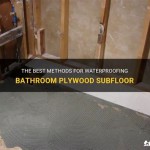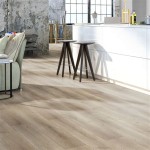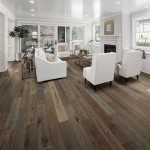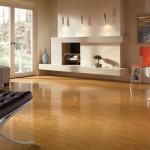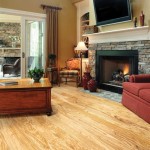What Kind of Flooring Is Best for a Home Gym?
Creating a dedicated home gym allows for personalized workouts without the constraints of gym memberships or schedules. However, selecting the right flooring is crucial for both performance and safety. The ideal gym flooring should provide adequate cushioning for impact activities, protect your equipment from wear and tear, and be durable enough to withstand regular use. This article explores the most popular types of flooring suitable for home gyms, highlighting their benefits, drawbacks, and suitability for different fitness needs.
Rubber Tiles
Rubber tiles are a popular choice for home gyms due to their durability and shock absorption. They are available in various thicknesses, with thicker tiles offering greater cushioning for high-impact exercises like jumping jacks, plyometrics, and weightlifting. Rubber tiles also provide excellent noise reduction, making them ideal for apartments or homes with shared walls.
Furthermore, rubber tiles are easy to install and maintain, requiring minimal cleaning. They are also water-resistant, making them suitable for areas prone to spills or sweat. However, rubber tiles can be expensive, especially for larger gym spaces. They might also be aesthetically less appealing compared to other options.
Foam Mats
Foam mats are another popular option for home gyms. These mats offer excellent cushioning for exercises like yoga and Pilates, providing a soft and comfortable surface. They are also lightweight and easy to move around, making them ideal for small spaces or for creating different exercise zones. Foam mats are generally cheaper than rubber tiles, making them an affordable option for budget-conscious gym owners.
However, foam mats are not as durable as rubber tiles and are more susceptible to tearing and wear. They are also not as good at absorbing impact, making them less suitable for high-impact exercises. Foam mats may also not offer adequate noise reduction, especially if you live in an apartment or a shared space.
Cork Flooring
Cork flooring offers a unique blend of comfort, sustainability, and durability. It provides excellent cushioning, making it suitable for both low-impact exercises like yoga and Pilates and high-impact activities like weightlifting. Cork is a natural material, making it biodegradable and eco-friendly. It also has a low carbon footprint, reducing the environmental impact of your home gym.
Cork flooring is also hypoallergenic and resistant to mold and mildew, making it a healthy choice for people with allergies. However, cork flooring can be more expensive than other options, and requires regular maintenance to keep it looking its best. It is also more susceptible to scratches and dents than other types of flooring.
Wood Flooring
While wood flooring is not traditionally associated with home gyms, it can be a stylish and functional option, especially for cardio exercises or weight training. Some wood flooring types, like engineered wood or laminate, offer durability and resistance to scratches and dents. Wood flooring can also be used in combination with rubber mats or foam tiles for specific exercise zones.
However, wood flooring can be slippery when wet and may not offer adequate cushioning for high-impact exercises. It is also more susceptible to damage from heavy weights or equipment, making it less suitable for weightlifting or other exercises involving heavy equipment. Wood flooring may also require regular maintenance to prevent scratches and wear.
Concrete Flooring
Concrete flooring is a robust and durable option for home gyms. It is ideal for heavy weightlifting and other high-impact exercises, providing a stable and consistent surface. Concrete is also relatively inexpensive and easy to maintain. However, concrete flooring can be very hard and unforgiving, lacking the cushioning necessary for protecting joints during high-impact exercises.
It can also be very cold and uncomfortable to stand on, especially in colder climates. Concrete can also be noisy, creating a lot of noise during workouts, which could be disruptive to neighbors or family members. Adding a layer of rubber mats or foam tiles can help to mitigate these disadvantages, but may also increase the overall cost.
When choosing the best flooring for your home gym, consider your budget, the types of exercises you plan to do, and your desired aesthetic. Different flooring types offer unique benefits and drawbacks, so it is essential to weigh these factors carefully before making a decision. The right flooring can enhance your workout experience while ensuring safety and durability for your home gym.

What S The Best Flooring For A Home Gym America

The Best Luxury Gym Flooring Vs Budget Friendly

Cork Flooring Multitalented Enough As Gym Icork Floor

Upgrade Your Gym 2025 Best Home Flooring Options

3 Best Rubber Flooring For Gym Mensquats

Best Home Gym Flooring Over Concrete Find The Options Discover Ideal For Your Exact Needs And Fitness Goals Get Started Today Rubberflooring4u

Best Home Gym Flooring Options 2024 Guide 2025 Today S Homeowner

Best Flooring For An Exercise Room With Carpet Or Concrete

The Best Flooring Options For Your Home Gym Setup Lx Hausys

What Kind Of Flooring Do You Need For A Home Gym The Design Inspiration
See Also
